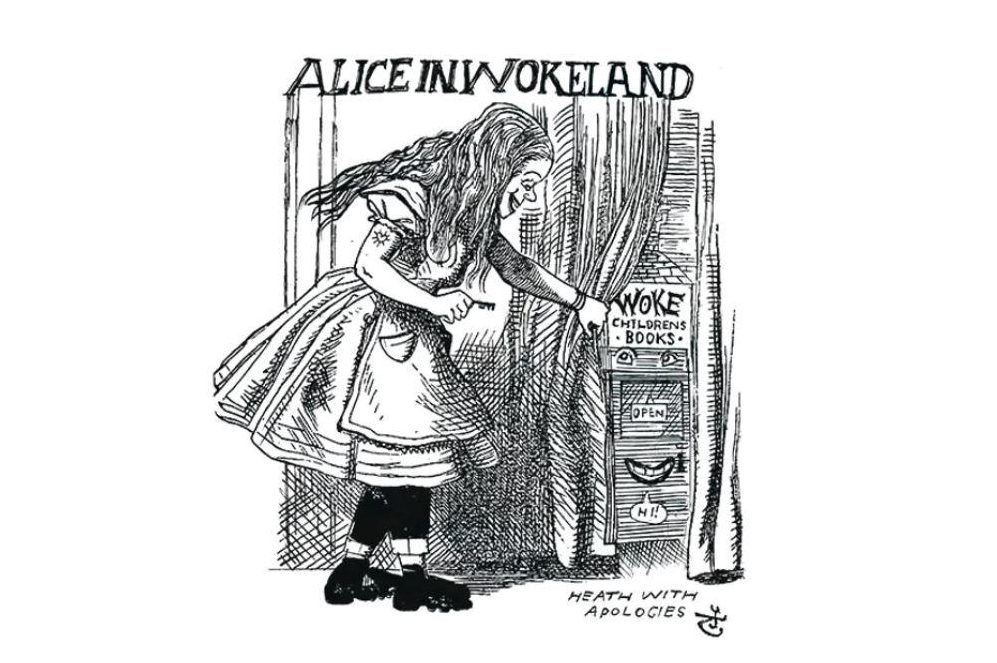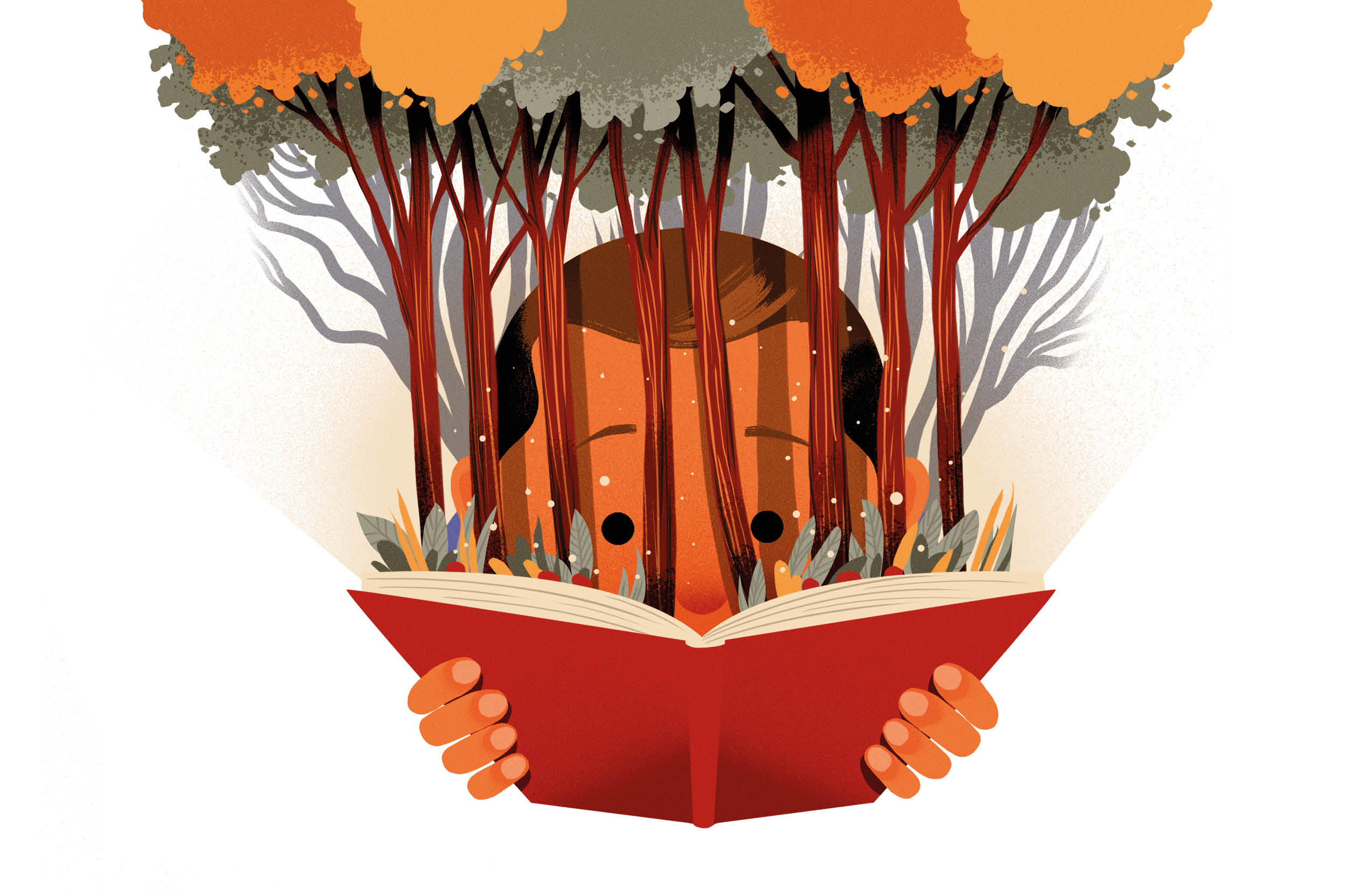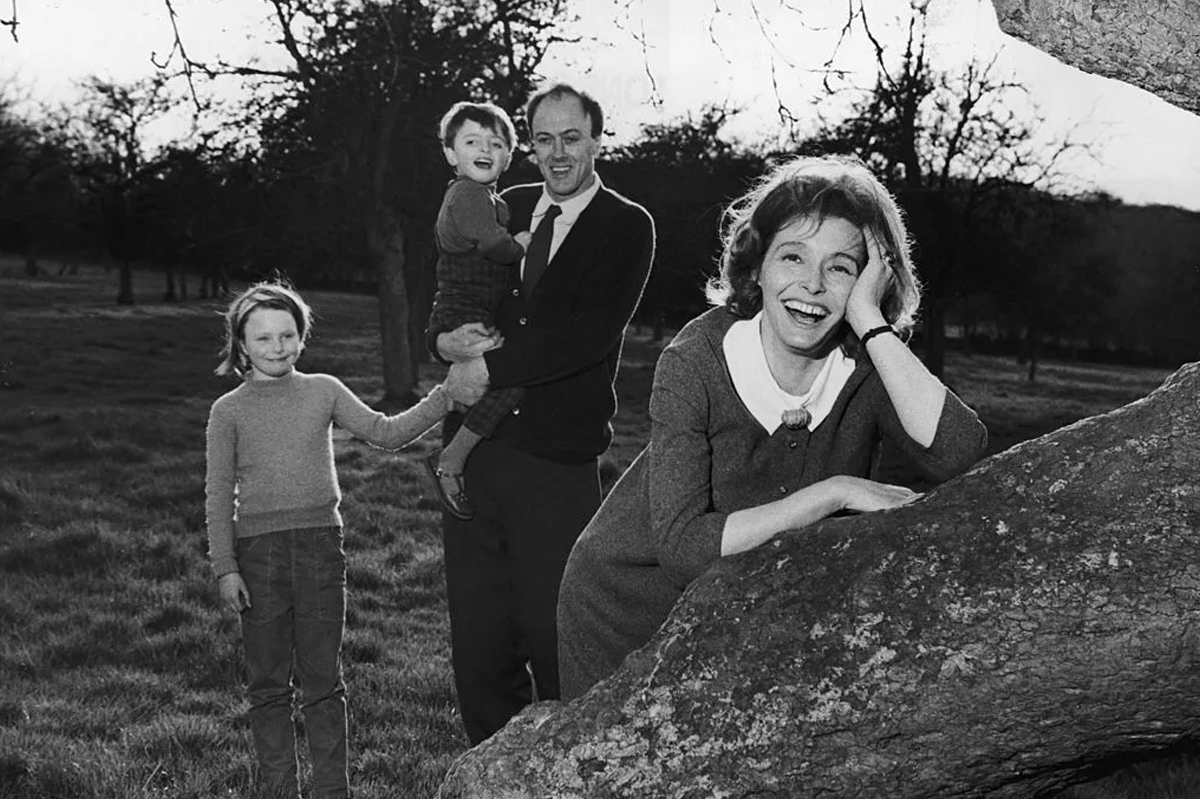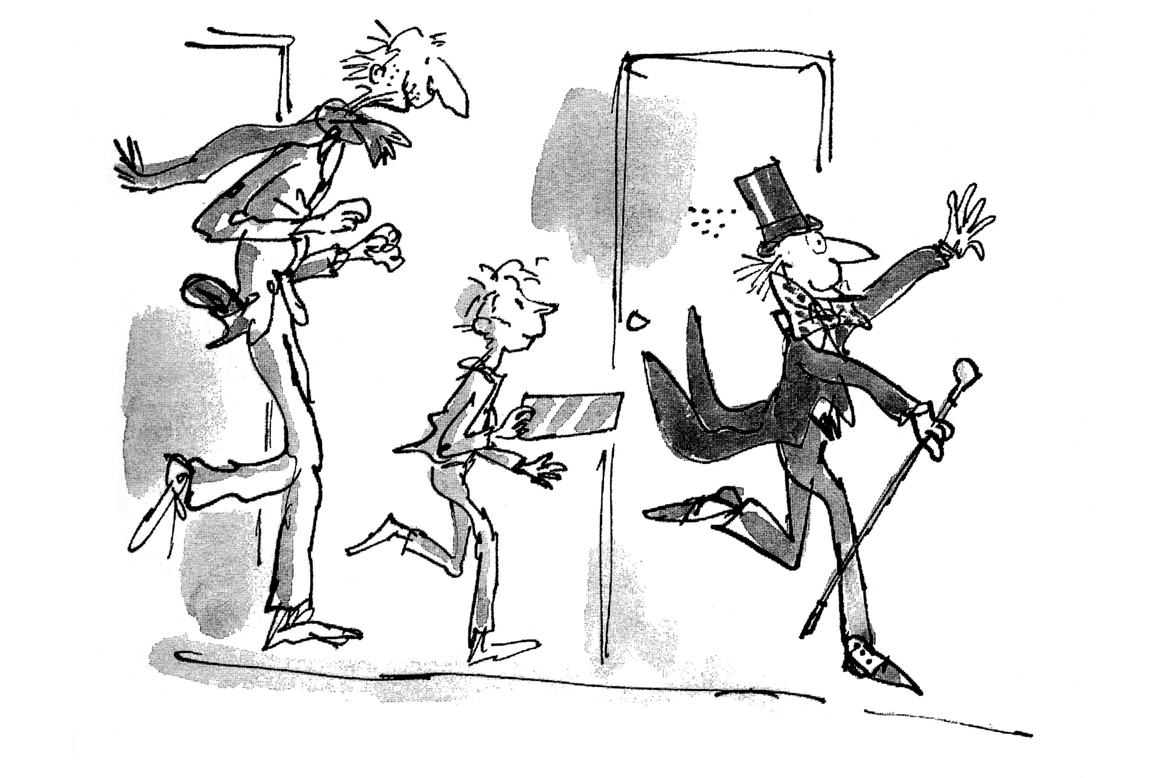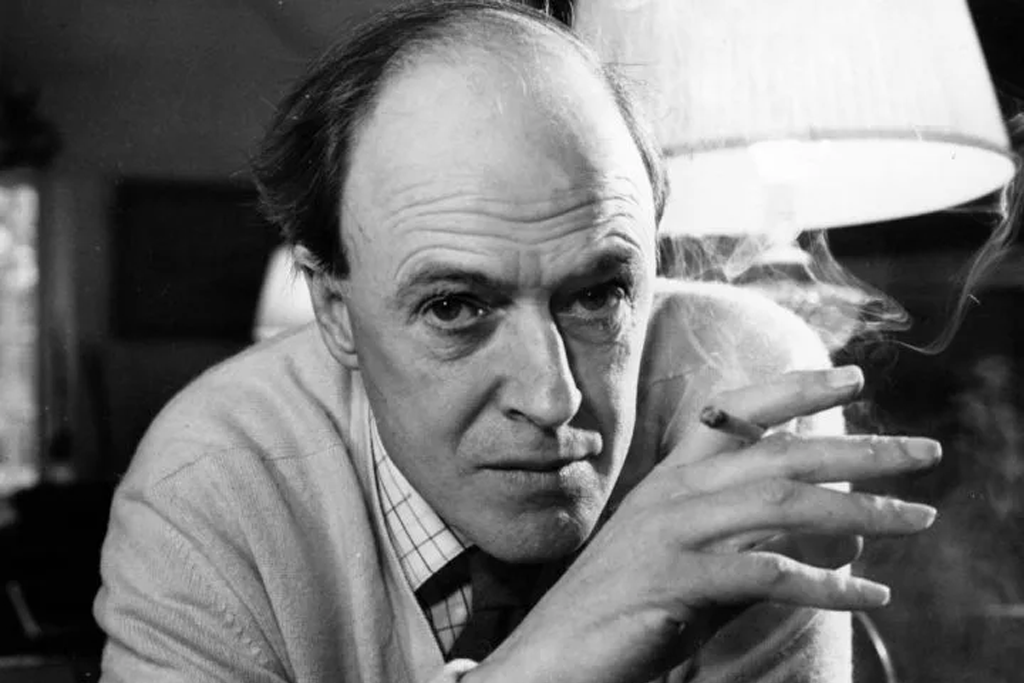This article is in
The Spectator’s December 2019 US edition. Subscribe here.
For woke children everywhere, the exciting news is that along with the book on Gutsy Women that she has written with her mother, the indefatigable Chelsea Clinton had another book out this year. It’s called Don’t Let Them Disappear and it’s about animals in danger of extinction. A bit big for a child’s stocking, but could be one for under the tree. Last year, it was Start Now!, a guide for juvenile activists wanting to change the world, beginning at home. Before that, Chelsea C. published She Persisted Around the World, about 13 girls who ‘never took no for an answer’. And before that, in 2015, she produced her juvenile activist guide It’s Your World.
All I can say is that if I were to give any of these books to my 12-year-old daughter as a present she would say no by hurling them with great force at the wall. I indoctrinated her myself, you see. From an early age, I read saint stories to her, about spirited girl martyrs like St Agnes, who were horribly martyred and went to heaven. But the new-wave indoctrination is an even more obvious attempt to mold child minds.
For anyone who reviews, publishes, sells, buys or reads children’s books, the move of consciousness-forming propaganda to children’s lit has been a huge publishing trend since at least 2017, when Good Night Stories For Rebel Girls took off.
Good Night Stories was a collection of inspirational mini-biographies with pictures, about Malala, Maya Angelou, et al. At the time, it struck me as identical to the saint stories I read as a child, modern hagiography with Frida Kahlo and Michelle Obama instead of Joan of Arc and St Agnes. The impulse is precisely the same: forming young minds. The next Rebel Girls spin-off is going to be about immigrant women who changed the world.
You can see it in every bookstore: a woke children’s lit section. In the entrance display of the store at London’s National Theatre there’s My Heroes and Me (fronted by Malala); What Would Boudicca Do? (an interesting take on the self-help guide); Little People, Big Dreams: Wilma Rudolph (athlete); Girl Activist: Winning Strategies from Women Who’ve Made a Difference; and Feminism: A Graphic Guide.
Look up feminist children’s books on Amazon, and you’ll find a bewildering range of titles: Little Feminist Board Book Set; Girls Resist! A Guide to Activism, Leadership and Starting a Revolution; and — this one I really hate — The Little Girl Who Gave Zero Fucks. Feminist rewriting of fairy stories has been the other big thing. Usborne’s Forgotten Fairy Tales of Brave and Brilliant Girls begins with ‘The Daring Princess’, who rescues a prince whom a witch has trapped in a stove: our heroine takes a knife from her tool belt and gets him out. Eight Princesses and a Magic Mirror (Zephyr) is about a magic mirror that travels through time and place and ‘reflects princesses who refuse to be pretty, polite or obedient’. Power to the Princess from Quarto is: ‘15 Favorite Fairytales retold with Girl Power’. So Beauty tells the Beast: ‘Don’t you threaten me!’
And now the program is also about environmentalism. For the young climate change striker — or rather, their gatekeepers as they’re known in the trade, viz parents or school librarians — the displays in bookstore chain Waterstones bring together titles like Little Book for Big Changes; Be Green!; and Kids Fight Plastic. There’s hagiography there too — Earth Heroes: 20 Inspiring Stories of People Saving Our World.
Fronting the genre is young Greta Thunberg, as in We Are All Greta, and Greta’s Story: The Schoolgirl Who Went on Strike to Save the Planet, with a cover illustration that makes her look a bit like Little My from the Moomins. There’s more to come: the International Publishers Association is joining forces with the UN to publish more books to promote its Sustainable Development Goals.
US publishers have signed up for the We Need Diverse campaign, which very much includes disability and sexuality, and British publishers are following suit. The young-adult genre for older teenagers is dominated by identity issues, except now, the trans/bi/ lesbian identities are part of the story.
Publishers Weekly notes that ‘There’s a bumper crop of novels where nobody comes out — rather, the sexuality of the characters is treated like a given.’ It mentions Shatter the Sky by Rebecca Kim Wells, from Simon and Schuster, whose heroine sets out to rescue her kidnapped girlfriend by stealing a dragon. A zombie in Hal Schrieve’s Out of Salem, a murder mystery, is ‘genderqueer’. Rick Riordan’s subversive takes on the Greek and Norse myths feature gay and trans characters.
Then there’s the new big issue: mental health in children’s books. That’s an entire section too, with titles like Be Kind! The Teenage Guide to Stress; It’s Not OK to Feel Blue (and other lies); Little Unicorn is Angry (How Are You Feeling Today?) and Little Unicorn is Sad.
We are now quite a long way from readable children’s books. There are possibly some fiction books that are up there with E. Nesbit or Joan Aiken, but I haven’t come across any. Because what we’re talking about is books as propaganda, which only rarely works.
C.S. Lewis knew that you must never make children’s stories a vehicle for a moral message. Philip Pullman is very much an author with an agenda (atheist) but he’s a storyteller first. I met Michelle Paver, the author of the brilliant Wolf Brother series, set in prehistoric times, who says that a cardinal rule of writing for children is that you mustn’t preach.
Which isn’t at all to say that books must be amoral; quite the contrary. You carry into your writing your moral sensibility. C.S. Lewis was a Christian and a medievalist and that’s the world his characters inhabit, just as all the stories in the Arabian Nights are set in an Islamic world. E. Nesbit was a socialist (who later became a Catholic). Her children are subconscious Fabians, but they don’t parrot the pamphlets.
Actually, I rather enjoyed the saints propaganda I grew up with, the sensationalism and sound morals. Joan Windham’s books can still be read with pleasure now; my daughter enjoyed them. Which is more than you’ll be able to say for Kamala Harris’s Superheroes are Everywhere in a couple of generations’ time.
This article is in The Spectator’s December 2019 US edition. Subscribe here.



